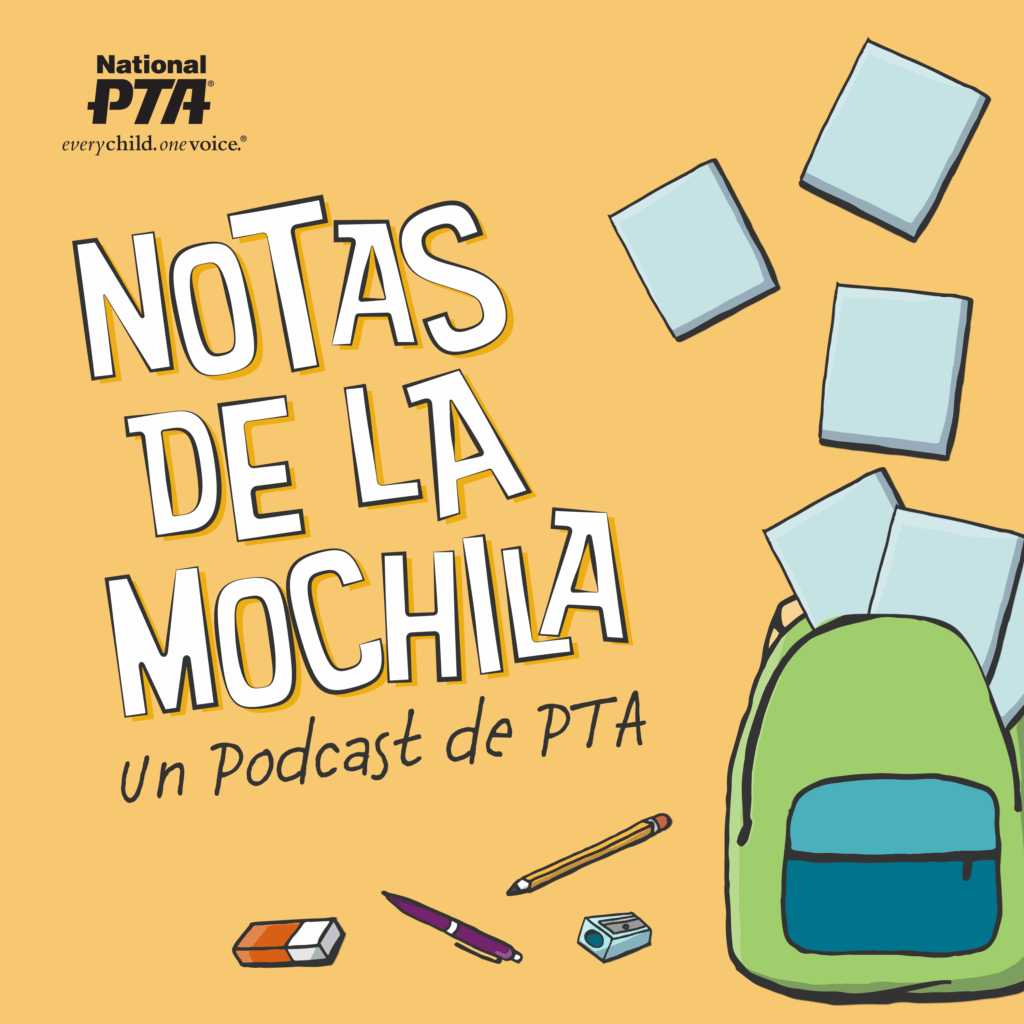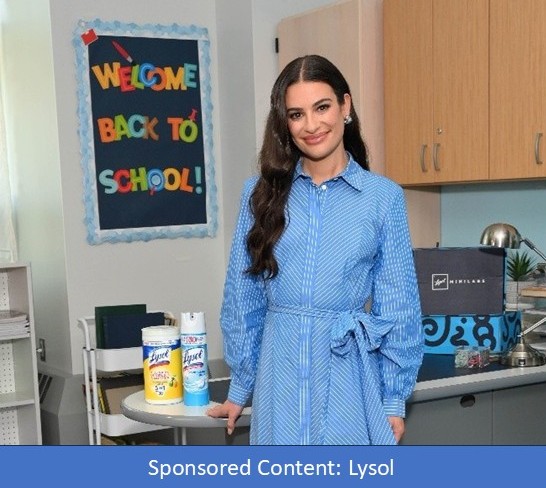Was peanut butter and jelly a staple in your school lunchbox? If so, you might wonder why many schools, camps and teams have adopted peanut-free policies. The reason is an explosion in the prevalence of food allergies.
Between 1997 and 2008, reports of childhood peanut allergy more than tripled in the U.S. Once considered rare, food allergies now affect 32 million Americans. That includes nearly six million kids or about two children in every classroom.
Hidden Dangers
An allergic reaction happens when a body’s immune system attacks a normally harmless protein, called an allergen. Peanut is one of the best-known food allergens, but it’s not alone. More than 170 foods have been known to cause allergic reactions. The most common food allergens in the U.S. are milk, egg, peanut, tree nuts, wheat, soy, fish and shellfish. Allergy to sesame is a rising concern.
It’s important to remember that food allergies can be deadly. Children and adults can have very severe reactions to many different foods, including widely used ingredients like milk, egg, wheat, and soy, which can show up in surprising places.
Think of how many milk spills you’ve cleaned up as a parent. Now imagine if one stray drop of milk could make your child sick. For kids with food allergies and the parents who are trying to protect them, avoiding problem foods is a source of constant stress.

How You Can Help
- Practice kindness and respect. Movies and TV shows sometimes play food allergies for laughs, but every three minutes, a severe reaction to food sends someone in the U.S. to the emergency room. There’s nothing funny about that.
- Wash hands after meals and snacks. Teaching your child to wash hands before and after eating is a win-win lesson. Handwashing removes food residues that can hurt a classmate with food allergies, and it also helps stop the spread of colds and flu. Unfortunately, alcohol-based hand sanitizers aren’t effective at removing food allergens from hands. Soap and water are best, but in a pinch, hand wipes work better than hand sanitizer.
- Exclude the food, not the child. Nearly half of the food allergy reactions that happen in a known school location occur in the classroom. It’s hard for young children not to eat dangerous treats that are shared during celebrations. And while many food allergy families provide a box of safe snacks for their child, eating something different than your classmates can feel isolating. If you’re sharing with the class, consider bringing non-food treasures that everyone can enjoy. If an event involves food, check with teachers and parents first to make sure you’re not leaving someone out or putting them at risk.
- Learn how to save a life. Anaphylaxis (pronounced an-uh-fil-LAX-is) is a severe, potentially life-threatening allergic reaction that can interfere with breathing and blood flow. The first-line treatment for anaphylaxis is epinephrine, which is most effective if it’s given early in the reaction. Many schools and public venues now stock epinephrine auto-injectors, easy-to-use devices for injecting epinephrine. Free, online training is available to help you recognize anaphylaxis and respond with life-saving care. Visit FoodAllergy.org/Anaphylaxis for details.
Food Allergy Research & Education (FARE) works on behalf of the 32 million Americans with food allergy. FARE’s mission is to improve the quality of life and the health of individuals with food allergies and to provide them hope through the promise of new treatments. Learn more at FoodAllergy.org.


















